Review of the Day: A Thousand No’s by D.J. Corchin, ill. Dan Dougherty
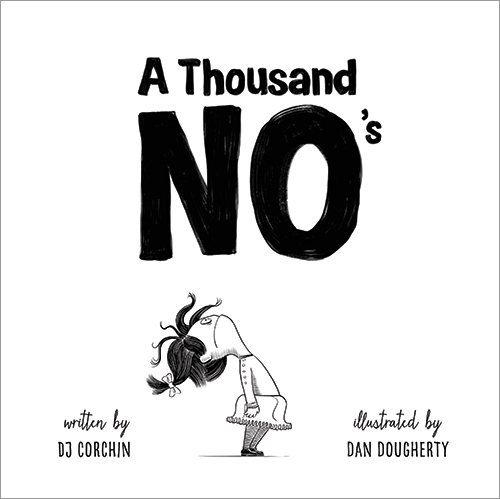
A Thousand No’s
By DJ Corchin
Illustrated by Dan Dougherty
Sourcebooks
$17.99
ISBN: 9781728219196
Ages 6-9
On shelves now
Normally when I’m about to review a picture book I make a point to eschew all of the other reviews out there. I don’t want to accidentally take anyone else’s thoughts or opinions or ideas. Heck, I won’t even read the bookflap half the time! A Thousand No’s was different. In its case, I wanted to get a very clear sense of what other people were saying about it. Normally a new picture book might be lucky to get as many as ten reviews on Amazon or Goodreads. A Thousand No’s, as of this writing, has more than 90. Why the fervor? Was everyone complaining about the titular spelling of a plural “no” or was there something more at work? And as I scrolled through the reviews I was struck by the sheer number of people for whom the central idea of the book, that a “no” can ultimately be a force for good, is intolerable. There were people flabbergasted that you could receive many a “no” from many a source in a collaborative fashion and yet still call your idea your own. People thought kids wouldn’t get the message. That “no” means “stop” and that the central premise didn’t work. And why, oh why, would anyone ask to be told “no”? As I read through these I alternated between bemused and dumbfounded. For anyone that believes that creativity is a pure, untouchable process and that any criticism you may receive will taint your beautiful baby beyond all recognition, this book may not be for you. But if you think the process of creation is sometimes painful and collaborative and ultimately fun, this book is the first that I’ve ever seen to express that idea. You want to get to yes? Then you gotta slog through no.
“She had a great idea.” On the page stands a girl, her little idea pulsing in her hand, glowing faintly. She looks very proud of it. Proud of it, that is, until the first No arrives. It falls right onto her and she doesn’t like it at all. The first one she figures she can handle, but then a second comes, and then a third. Next thing she knows the Nos have actually gotten inside her idea and that idea is now getting bigger. Nos of all sorts of shapes and sizes are getting in on the action now. Surely the girl can’t handle them all, right? Right. Realizing she needs help, drastic times call for drastic measures. She calls in some friends and they help her out, some bringing Nos of their own until, at the very end, she has something that looks nothing like her original idea. And she has NO objections to that.

The grammar nerds of the world (may their numbers increase exponentially throughout the years) would insist that I not write one more word in this review without acknowledging the great big glaring problem with the title. I will admit, I was a bit flummoxed when I read A Thousand No’s rather than A Thousand Nos. I know that “Nos” is funny looking. Yet, as a friend pointed out, when you look at the cover and how small the apostrophe and “s” are, why not just leave the “s” small and do away with the apostrophe altogether? To not do so isn’t just strange, it’s shooting yourself in the foot. People will call it a typo, dismissing your book out of hand without even reading it. So I pondered and putzed about and then flipped the book over to note the very tiny statement on the back. “Also, the author is perfectly at ease with his use of apostrophes in this book.” Well, all right then. For further information you can go to this post on the author’s site where he explains the choice at length. You may not agree with his choice, but clearly he’s thought this through and his publisher has backed him up.
Now if you can somehow push past this travesty of the modern age and get to the meat of the matter, you may discover that this is a truly original book. As I mentioned before, you can’t throw a dart in a library’s children’s room without hitting a book that tells you to “follow your dreams”. Don’t let those naysayers tell you no! Rise above their criticism and pursue what makes you special, kids! Never change! Never listen to them! Believe in yourself! All well and good but can we get a little realistic here? Kids have terrible ideas. Not always. Not inevitably. But often and particularly at the beginning. So you fill their heads with these platitudes about being this island of purity, true to your vision alone, and then you send them out into the world. They come up with an unformed idea, declare it to be perfect, and then they are crushed when no one else sees it the way that they do. And if you try to say to them, “No, I don’t think that’s quite right. Why don’t you try . . .” prepare to have your head bitten off at the neck. They have been inculcated with the idea that creativity is a party of one.
ADVERTISEMENT
ADVERTISEMENT
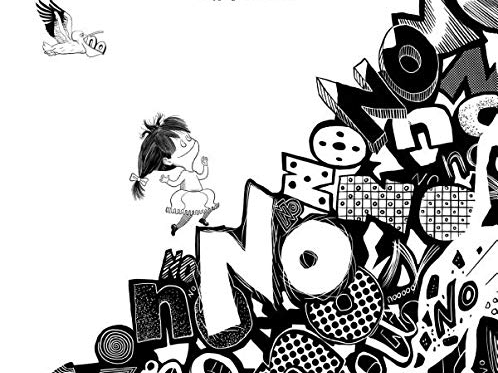
This is why a first encounter with Corchin and Dougherty’s book feels as shocking as it does to parents. First and foremost the book makes it very clear that being told “NO” is not a pleasant experience. “It was heavy. It was hard to carry. And it kinda hurt.” Interestingly, when the Nos get inside the idea itself, it starts to change. So our heroine asks for help, a point that some readers of the book couldn’t quite stomach. But anyone who has ever been creative will understand that getting feedback, or even some level of collaboration, on your ideas can make them better. To that point the book mentions that some Nos can be helpful and the girl starts inviting more in, in a sense. Now if you want to nitpick, maybe it would have been a good idea to show her rejecting some and incorporating others into the idea. After all, if you incorporate EVERY No you receive you’ll just end up having some Nos contradict other Nos. But as a whole, the metaphor stands strong.
Some folks worry that kids won’t “get” the book. Sure, maybe not. Maybe you’ll have to explain it to them a little. That’s actually a totally legitimate thing to do with picture books. In fact, I could see a teacher reading this book to a class without explanation and then diving deep into it with them to pick apart what exactly it’s saying. I mean, if you can do that with everything Peter H. Reynolds writes, I suspect you can do it with other authors too. And imagine what the kids might say! Depending on their age, you might spark some lively debates. When is “No” the right thing to say, and when is it the wrong thing? Is there ever a time when saying “No” to someone’s idea is good? Does it matter how you say it? What are some famous cases of artists or writers being told No and then making something better in the end? If I were a teacher I’d use the example of Eric Carle and his first picture book “Willie the Worm”. It was an editor that told him “No” and helped him change that worm into a very hungry caterpillar. Whew!

In a bold publishing move, this book is also 95% black and white. This, we are often told, is not something publishers like to do. General wisdom dictates that children don’t like black and white books. But the fact of the matter is that younger children don’t mind black and white picture books. It’s b&w comics that kids eschew more often than not. Now for this particular book Dan Dougherty’s art has, in some circles, been compared to that of Tim Burton’s. This is not a particularly inspired comparison. True, this book is black and white and Burton favors his contrasts. But not all vaguely creepy pictures and images travel solely in that man’s direction. To my mind, artist Dan Dougherty owes much more of his style to someone like the animator Vivziepop, albeit with less noses. The bulk of his energy had to be in coming up with this many way to illustrate the word “No” (Mr. Warburton of 1000 Times No would relate). It does make for a rather impressive, even monolithic-by-way-of-Monty-Python-esque ending too. Could you illustrate this book a bunch of different ways? Of course! But for this first outing, Dougherty’s style works.
I like a picture book that makes people wake up, sit up, and take notice. One that’s a little odd, but promulgates an idea that is worthy and rarely touched upon. We hear folks complaining all the time about the dangers of high self-esteem. You know what pops that bubble right quick? Being told no often and repeatedly. Not every No you encounter is helpful and some do damage. But in the context of this book, you see that when it comes to improving an idea, knowing how to handle your Nos can yield something unforeseen. Put another way, criticism, taken and chosen and incorporated, can make an idea better.
A novel idea, no?
On shelves now.
Source: Galley sent from publisher for review.
Filed under: Best Books, Best Books of 2020, Reviews, Reviews 2020
About Betsy Bird
Betsy Bird is currently the Collection Development Manager of the Evanston Public Library system and a former Materials Specialist for New York Public Library. She has served on Newbery, written for Horn Book, and has done other lovely little things that she'd love to tell you about but that she's sure you'd find more interesting to hear of in person. Her opinions are her own and do not reflect those of EPL, SLJ, or any of the other acronyms you might be able to name. Follow her on Twitter: @fuseeight.
ADVERTISEMENT
ADVERTISEMENT
SLJ Blog Network
Name That LEGO Book Cover! (#53)
K is in Trouble | Review
Fighting Public School Book Bans with the Civil Rights Act
Take Five: Middle Grade Anthologies and Short Story Collections
ADVERTISEMENT

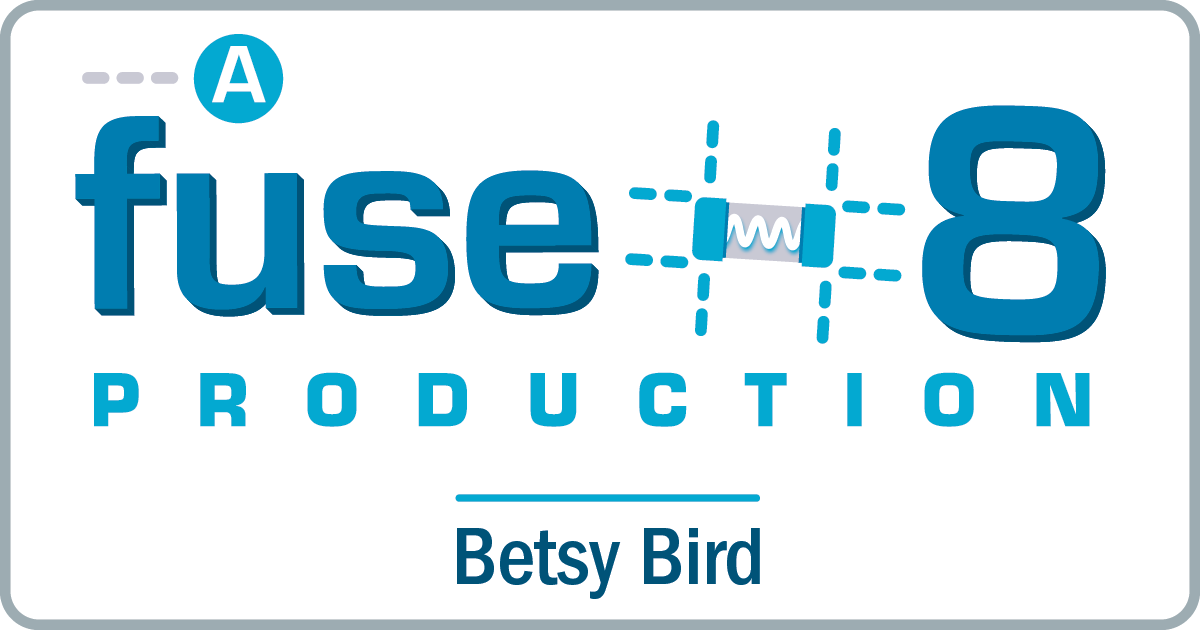

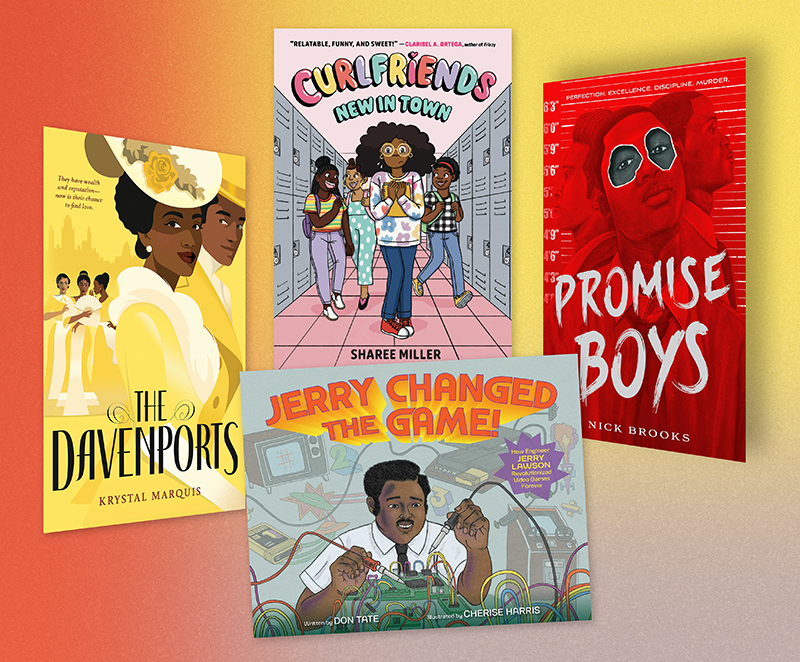
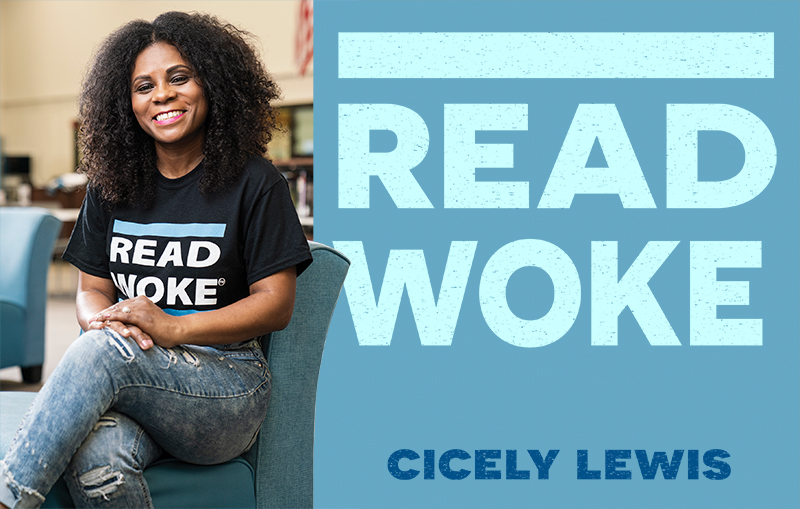
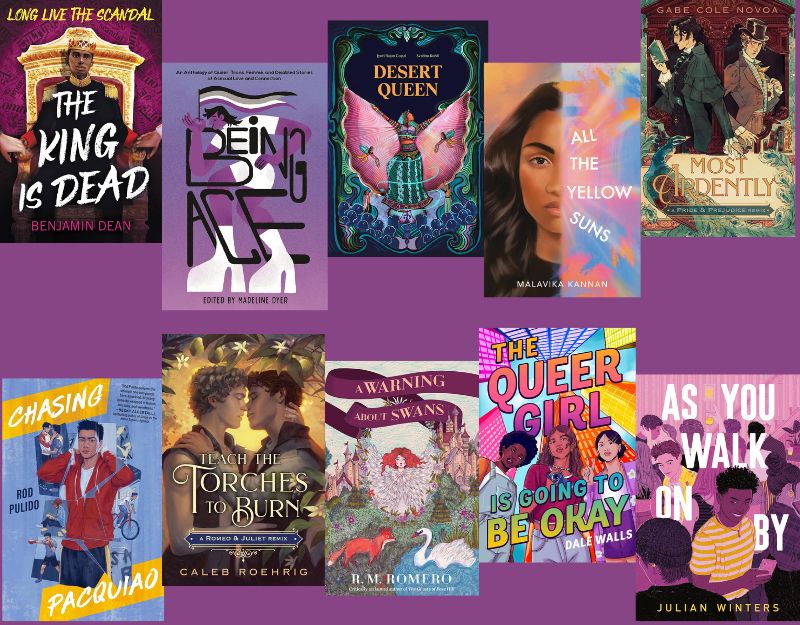
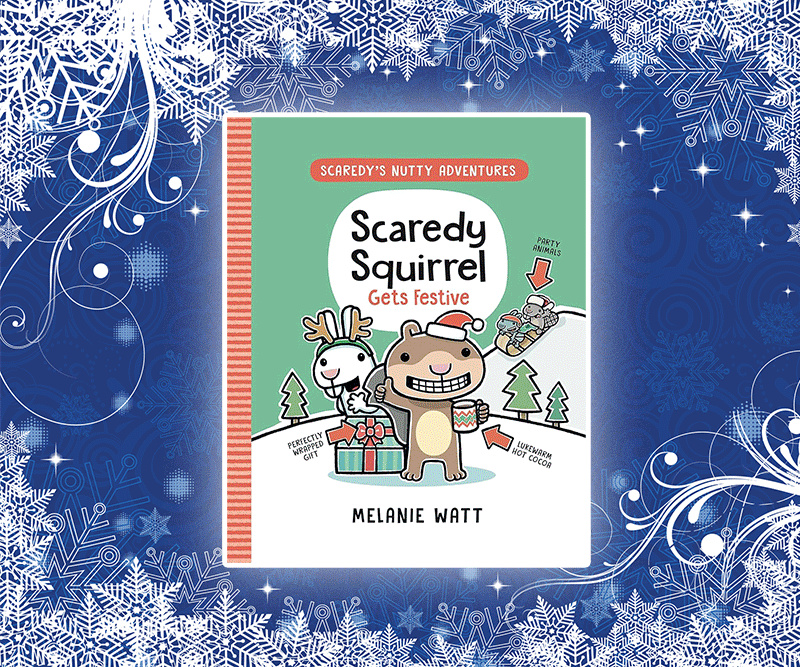
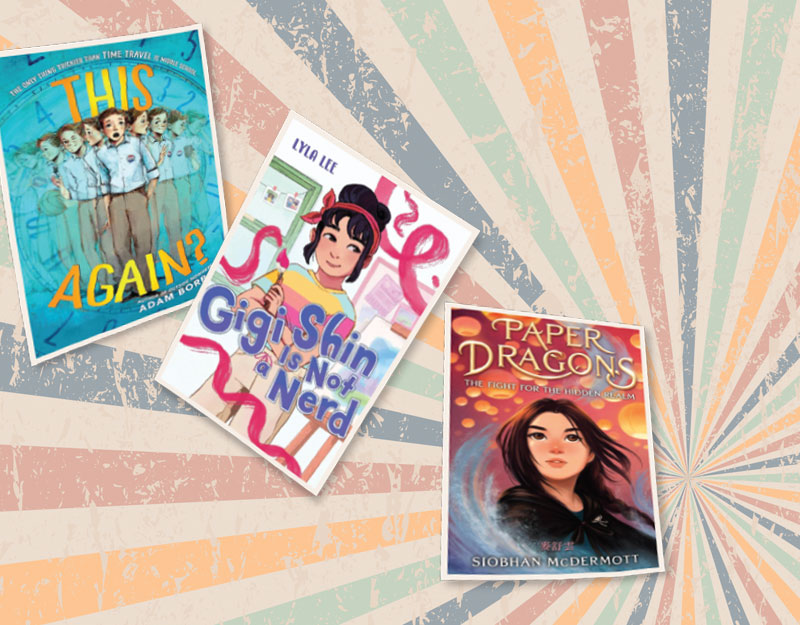
As one of those grammar nerds, I found this review fascinating–and I loved the author’s post as well! Thanks for bringing it to my attention!
I recently commented about a picture book in which a grandma laughed at a grandchild for… something (I’m old and I can’t remember what), and people were freaking out in their reviews about that. My contention was that grandma was preparing grandchild for the real world where stuff they do will not be appreciated and lauded over universally. Thank you, DJ Corchin, and Betsy Bird, for affirming that. I cannot wait to buy my grandson this book, because he gets a little testy if at first he doesn’t succeed, and he needs to learn that NOs, in whatever way they come, can be helpful. It takes time and experience to figure out which ones do that, and which ones don’t. And that he’ll come out okay in the process. As for the apostrophe, because the misuse of that pesky little thing is so rampant, I could not have put it in the title. Yet I get the dilemma.
I meant to mention it in the review and then it never quite came up, but a great book to pair this with would be The Most Magnificent Thing. Very much in the same vein. Thank you for the kind words.